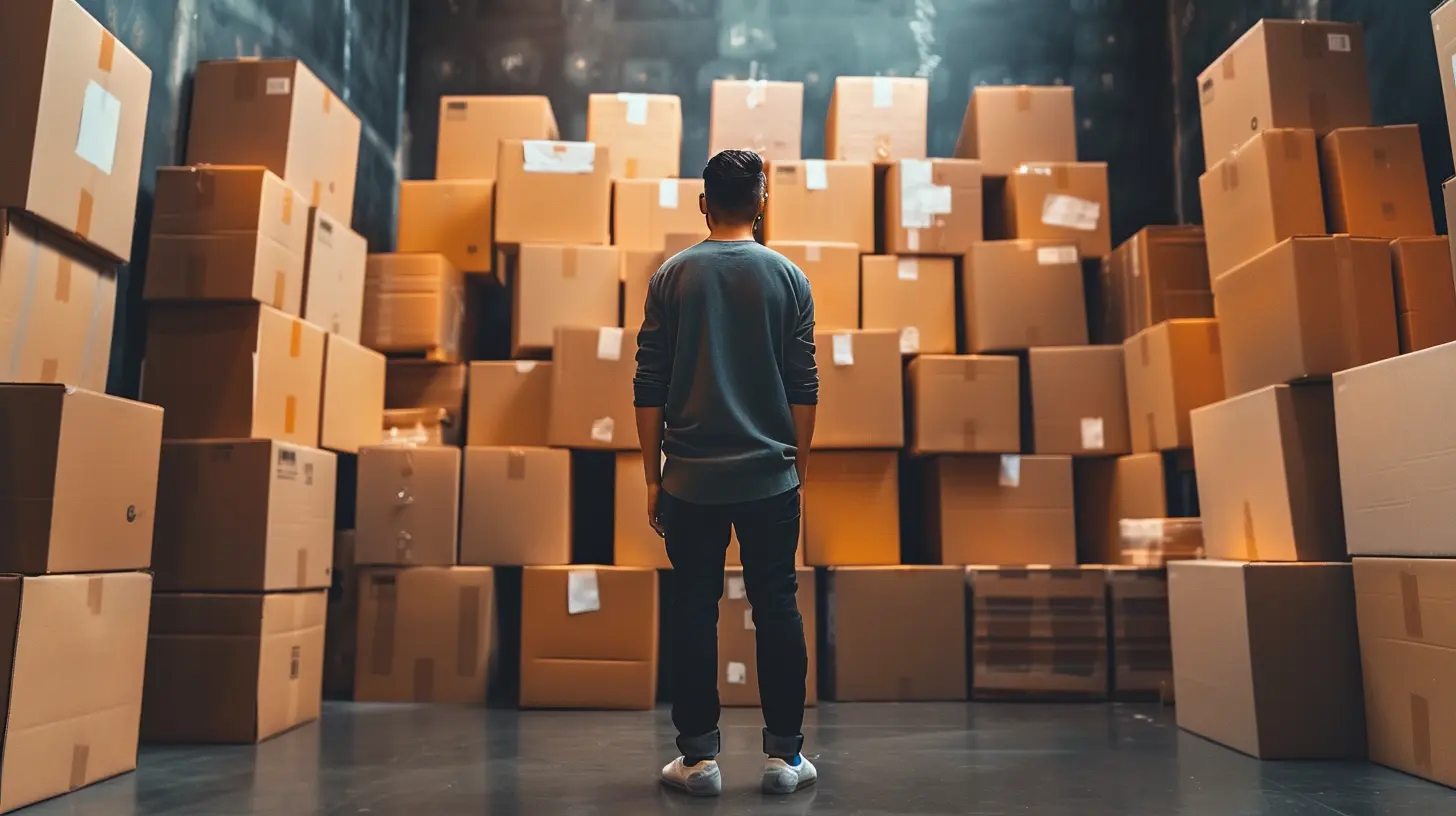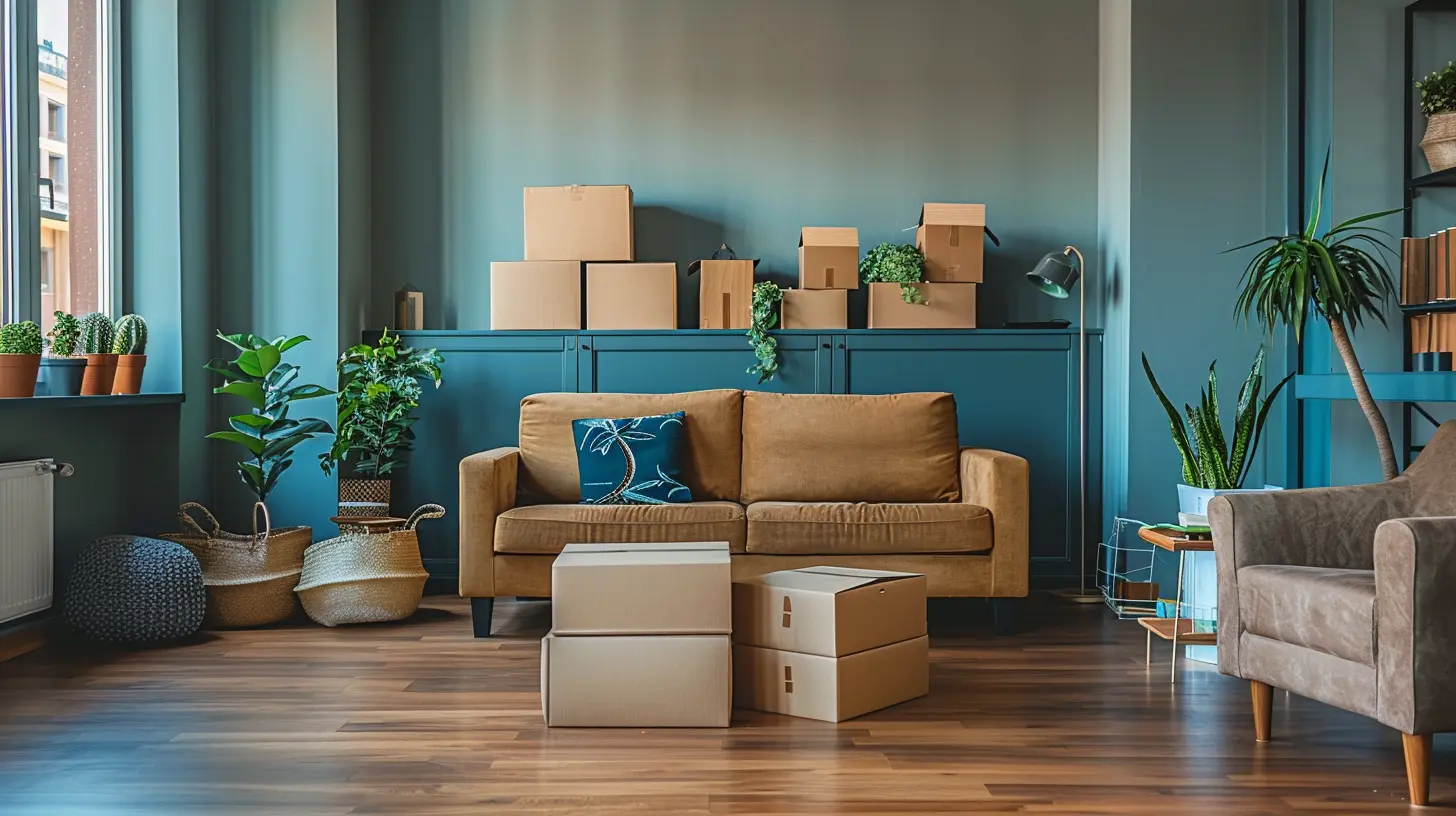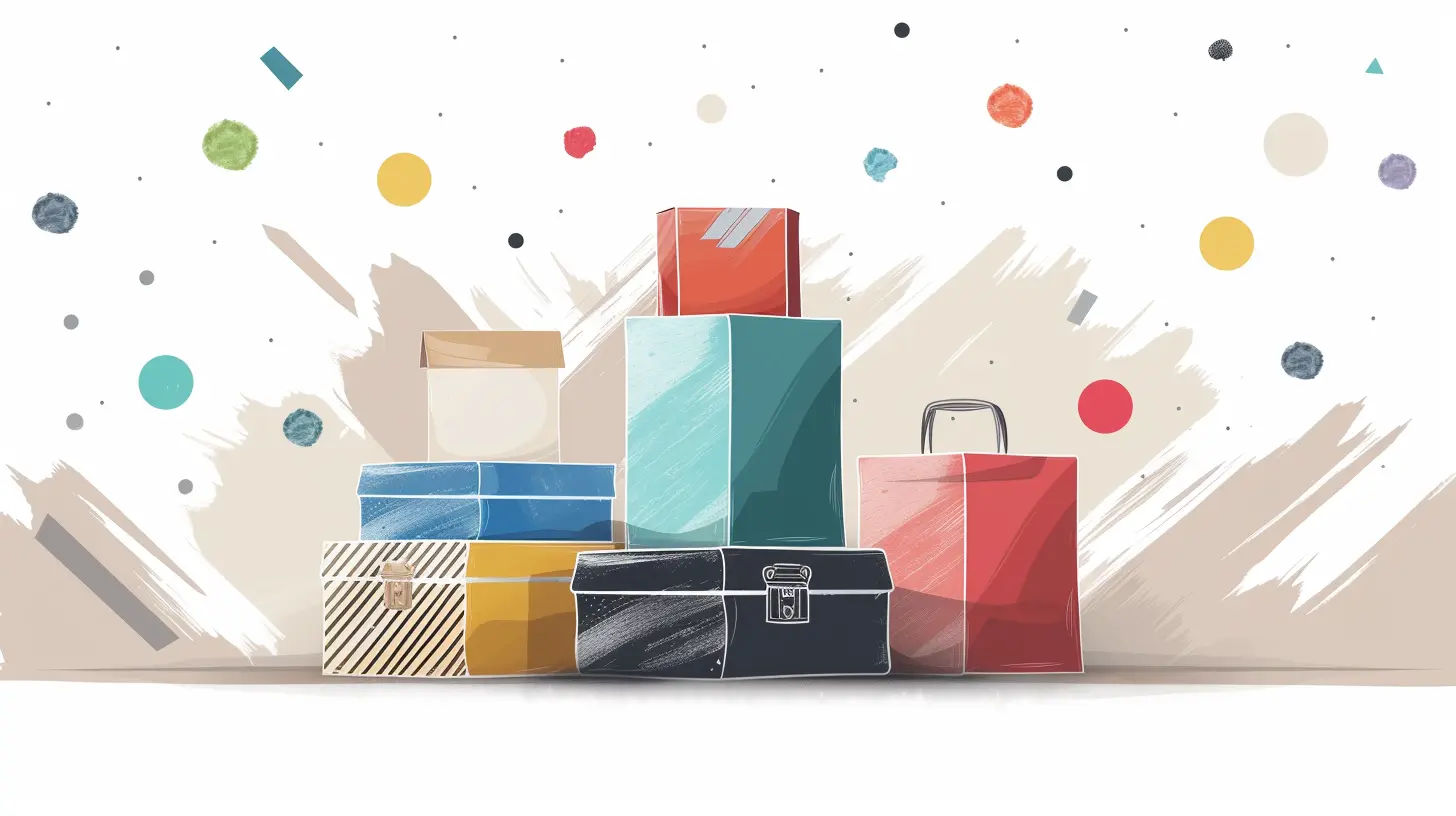Renting vs. Owning: Deciding What to Keep When Moving
29 October 2025
Moving is never an easy process. It’s a whirlwind of emotions, decisions, and, more often than not, a lot of heavy lifting. But one of the biggest challenges? Figuring out what to keep and what to let go of—especially when transitioning between renting and owning a home.
Whether you're upgrading to your first home or downsizing to a rental, knowing what items to take with you is crucial. Keep too much, and you'll clutter your new space. Get rid of the wrong things, and you might find yourself repurchasing them later. So, how do you decide?
Let’s break it down.

Renting vs. Owning: Understanding the Differences
Before you start sorting through your belongings, it's important to consider the key differences between renting and owning. Each living situation comes with distinct needs and limitations that will impact what you should keep or discard.Space and Storage
- Owning a Home: Homeowners generally have more storage space, including attics, basements, and garages. This means you can afford to hold onto seasonal décor, bulkier furniture, and sentimental items.- Renting: Apartments or rental homes often have more limited storage. If you don’t have a garage or attic, bulky furniture, excess kitchenware, and old memorabilia might not fit.
Flexibility vs. Permanence
- Homeownership: If you’re buying a home, odds are you plan on staying there for a while. This makes it easier to invest in quality furniture, custom setups, and long-term decor.- Rental Life: Renting often comes with the possibility of moving again in a few years. Keeping only necessities and adaptable furnishings makes future moves smoother.
Customization Limitations
- Owning: You have full control over your space, meaning you can keep items with long-term use in mind, such as custom furniture, power tools, and artwork.- Renting: Rental agreements often restrict wall modifications, custom-built shelves, or certain appliances, making it unnecessary to keep items that won’t fit within these constraints.

Decluttering Before the Move: What to Keep and What to Let Go
1. Furniture: Keep or Sell?
When deciding what furniture to keep, ask yourself these questions:- Will it fit in the new space? (Measure before you move!)
- Is it worth the effort to transport? (Heavy, oversized furniture can be costly to move.)
- Does it match your future home’s aesthetic and layout?
Keep:
✅ High-quality, durable furniture (solid wood pieces, well-made sofas, functional storage units).✅ Multi-functional furniture (sofa beds, foldable tables, storage ottomans).
✅ Sentimental or custom pieces that would be difficult to replace.
Sell/Donate:
❌ Bulky furniture that won’t fit in your new space.❌ Cheaply made or damaged items that may not survive another move.
❌ Anything that won’t match your new home's layout or decor.
2. Kitchen Appliances and Utensils: Essentials vs. Excess
Renting often means dealing with pre-installed kitchen appliances. Meanwhile, homeowners have more freedom to pick and keep their own devices.Keep:
✅ High-quality cookware and essential utensils.✅ Compact, multi-purpose appliances (like air fryers or instant pots).
✅ Specialty appliances if you use them regularly (espresso machines, blenders).
Let Go:
❌ Duplicates or items you rarely use (extra sets of dishes, old Tupperware).❌ Large appliances if the new rental already provides them (microwaves, refrigerators).
❌ Worn-out or mismatched kitchenware.
3. Clothing and Wardrobe: Purge or Pack?
Moving is the perfect time to reassess your wardrobe. Be honest—how much of your closet do you actually wear?Keep:
✅ Clothes that fit well and make you feel great.✅ Seasonal wear that you’ll genuinely need.
✅ Essentials (workwear, casual outfits, activewear).
Donate/Sell:
❌ Clothes you haven’t worn in a year.❌ Items that no longer fit or are out of style.
❌ Excess shoes, bags, and accessories you don’t use.
4. Home Décor and Personal Items
Your décor choices will largely depend on whether you're buying or renting.Keep:
✅ Meaningful décor (family photos, handmade items).✅ High-quality or versatile pieces that can work in multiple spaces.
✅ Items that hold emotional or sentimental value.
Leave Behind:
❌ Large wall art or heavy shelves that may not be renter-friendly.❌ Fragile décor that’s difficult to transport.
❌ Outdated or mismatched decorations.
5. Electronics and Entertainment
Whether renting or buying, some electronics are essential, while others might be unnecessary baggage.Keep:
✅ Essential electronics (laptop, phone, chargers).✅ Entertainment devices you actively use (smart TV, gaming console).
✅ Smart home devices if they are compatible with your future home.
Discard/Sell:
❌ Old, unused gadgets collecting dust.❌ Outdated tech that no longer functions efficiently.
❌ Extra cords, chargers, and accessories you don’t need.

Smart Moving Tips to Reduce Clutter
Even after sorting through your belongings, you still need a moving strategy that keeps things manageable.1. Use the “One-Year Rule”
If you haven’t used something in the past year, chances are you don’t need it. Apply this rule to clothes, kitchen gadgets, décor, and even sentimental items.2. Digitize Important Documents
Paper clutter can add up quickly. Scan important documents and store them digitally to reduce unnecessary piles of paperwork.3. Sell or Donate What You Don’t Need
Consider selling valuable but unnecessary items on platforms like Facebook Marketplace or Craigslist. If you simply want to declutter, donate to local charities or shelters.4. Label and Organize Boxes
Packing smartly can make unpacking a breeze. Label boxes by room and category, making it easier to find essentials when you arrive at your new place.
Final Thoughts: Keep What Adds Value to Your Life
Moving is a fresh start. Whether you’re transitioning into homeownership or embracing the flexibility of renting, use this time to declutter and keep only what truly serves a purpose in your life. Sure, we all have attachment to certain possessions—but if it’s just taking up space without adding value, maybe it’s best to let it go.So, as you pack those boxes, ask yourself: Is this item moving with me because it brings joy, function, or necessity? If not, it’s probably time to say goodbye.
all images in this post were generated using AI tools
Category:
Moving TipsAuthor:

Elsa McLaurin
Discussion
rate this article
1 comments
Alexia Lee
Deciding between renting and owning can be challenging, especially when figuring out what to keep. Remember to prioritize what truly brings you joy and aligns with your lifestyle. It’s okay to let go of items that no longer serve you, making space for new beginnings and opportunities ahead.
October 29, 2025 at 5:01 AM

Elsa McLaurin
Thank you for your thoughtful comment! Prioritizing joy and practicality truly makes the decision-making process easier when moving. Embracing new beginnings is key!


